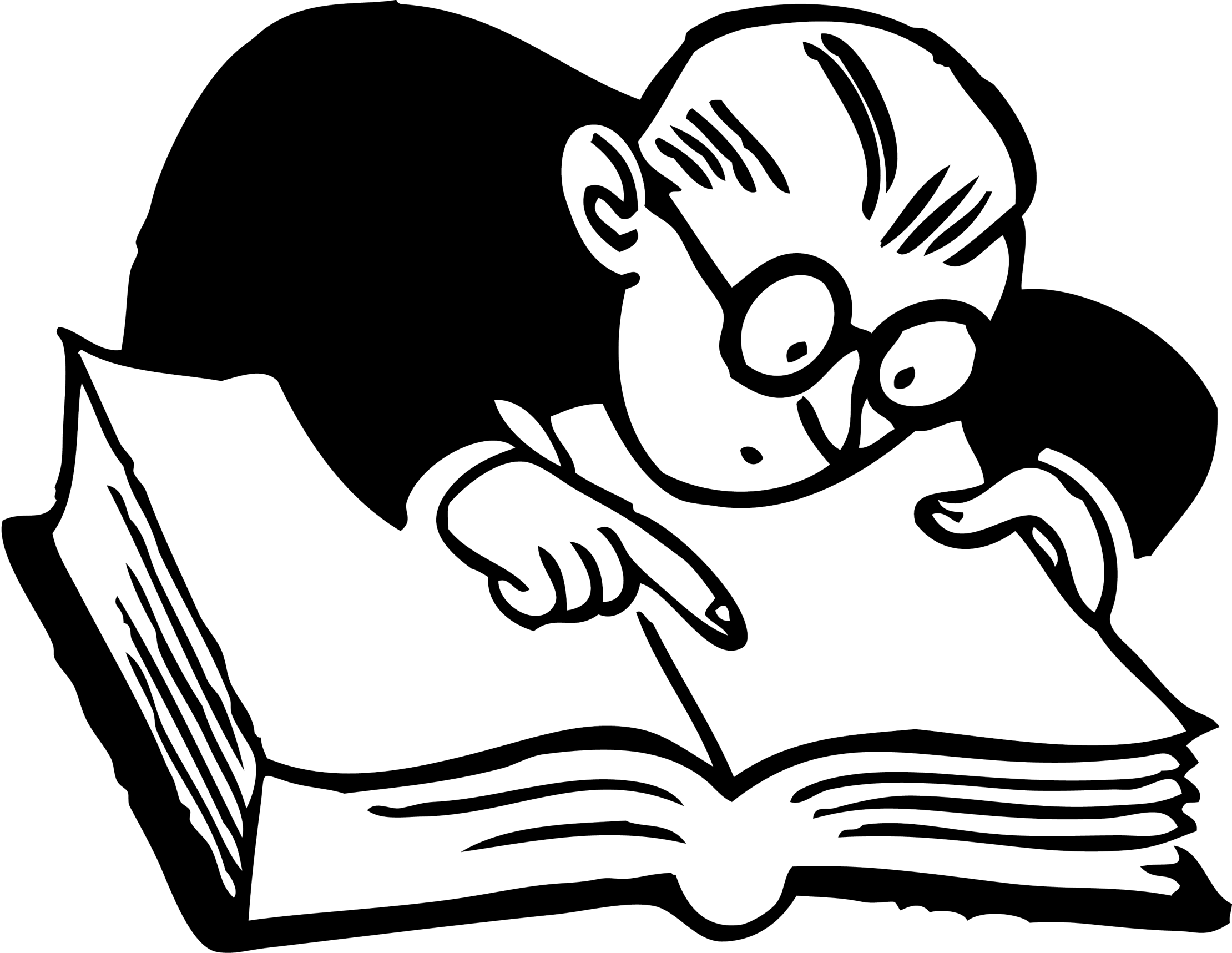The ABC of Computational Text Analysis
#2 Text as Data
Alex Flückiger
Faculty of Humanities and Social
Sciences
University of Lucerne
10 March 2022
Outline
- recap + reading
- methodological foundation 😬
- first computational text analysis
Recap last Lecture
computer as …
- … an intelligent device
- … a tool for a new social science
datafication
- abundance of data
- exploit new form of data
Reading
Computational Social Science (Lazer et al. 2009)
- data-driven
- network analysis + text analysis
- historical perspective vs. real-time dynamics
- issues: limited access to data and new methods
Semiotic Triangle
Loose coupling between
- World
- Cognition
- Language

Language shapes the way we think,
and determines what we can think about.Benjamin Lee Whorf
Working with Texts
A micro and macro perspective I
individual cases vs. collective trends
A micro and macro perspective II
scalability vs. abstraction
From micro to macro 📊
…and back again 📑
Two Research Paradigms
data exploration vs. hypothesis testing (Evans and Aceves 2016)
- add nuance
- develop new narratives
- verify hypothesis
Numbers do not talk 😶
Thus, quantification and qualitative analysis go well together.
Text as Data
- synonymy
- ambiguities
- compositonality of meaning
- discrete symbols
- unstructured, messy data
(see also Grimmer and Stewart 2013)
Unstructured Text? 🤔
collection > documents > paragraphs > sentences > words

Data Formats
In-class Task: File Types
- What file formats do you know?
- Open files of different types in a text editor.
Which ones look good?
File Formats
- machine-readability
- raw: txt, csv, tsv
- formatted: docx, pdf, html, xml
- open vs. proprietary
- digital sustainability
Let’s Dive into it! 💦
Counting ngrams
Google Ngram Viewer (Michel et al. 2011)
- historical perspective with ngrams
- >5.2 million books
- rise and fall of cultural ideas and phenomena
In-Class Task: Investigate the Environmental Discourse
What other terms have been used to describe nature?
- e.g. environment
What environmental issues are debated the strongest? When?
- e.g. nuclear power plant
Are there any differences between languages?
- i.e. similar words with non-equivalent curves over time
🎯 What do you conclude from your observations?
Refine your Queries
check out case-sensitiveness, wildcards (*) and operators 🤓
| Operator | Description |
|---|---|
+ |
sums multiple expressions into one to aggregate trends. |
- |
subtracts the expression on the right from the expression on the left, giving you a way to measure one ngram relative to another. |
/ |
divides the expression on the left by the expression on the right, which is useful for isolating the behavior of an ngram with respect to another. |
* |
multiplies the expression on the left by the number on the right, making it easier to compare ngrams of very different frequencies. (Be sure to enclose the entire ngram in parentheses so that * isn’t interpreted as a wildcard.) |
Ngram ‘pay attention’

Remember 👍
Has the language evolved over time or the social perception?
Both, most likely.
Similarly, language may vary across regions and communities.
No Culturomics but Meaning-Making
phenomena in collective memory
- semantic drifts (meaning)
- lexical shifts (frequency)
Read, read, read to complement stats with context!
Questions of Interpretation
possible reasons of decreasing frequency
- loosing interest
- becoming an established fact
- new reference
The Great War→World War I
- selection of data sources
A Word of Caution
The unknowns of Google Ngram Viewer
- index of books
- genre, authors, quantity
- artifacts of digitalization
🤓 use better alternative: bookworm HathiTrust
Interacting with Data
It is a lense, not a map.

Prepare your System
- backup files + update system 🚧
- start installation with this guide 👷
New room 🏛️
- seminar in lecture hall 5
- as of 17 March onwards
Questions?
References
Evans, James A., and Pedro Aceves. 2016. “Machine
Translation: Mining Text for Social
Theory.” Annual Review of Sociology 42 (1):
21–50. https://doi.org/10.1146/annurev-soc-081715-074206.
Grimmer, Justin, and Brandon M. Stewart. 2013. “Text as
Data: The Promise and Pitfalls of
Automatic Content Analysis Methods for Political
Texts.” Political Analysis 21 (3): 267–97. https://doi.org/10.1093/pan/mps028.
Lazer, David, Alex Pentland, Lada Adamic, Sinan Aral, Albert-László
Barabási, Devon Brewer, Nicholas Christakis, et al. 2009.
“Computational Social Science.”
Science 323 (5915): 721–23. https://doi.org/10.1126/science.1167742.
Michel, J.-B., Y. K. Shen, A. P. Aiden, A. Veres, M. K. Gray, The Google
Books Team, J. P. Pickett, et al. 2011. “Quantitative
Analysis of Culture Using Millions of
Digitized Books.” Science 331 (6014):
176–82. https://doi.org/10.1126/science.1199644.
Ogden, Charles Kay, and Ivor Armstrong Richards. 1923. The
Meaning of Meaning: A Study of
the Influence of Language Upon Thought and of
the Science of Symbolism. Supplementary
Essays by B. Malinowski and
F.G. Crookshank. New
York: Harcourt. https://books.google.com?id=i3MIAQAAIAAJ.



